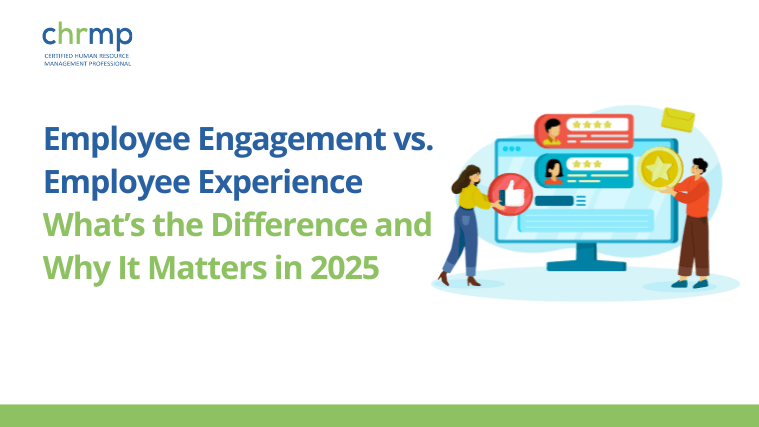

The Human Resource department is among the key sectors within a company. The smooth functioning of the HR department is crucial to the organization’s growth. In this blog, we shall look at the definition, importance, types and templates for some basic hr reports. We shall also discuss HR reporting, and some tips for its effectiveness.
HR professionals tackle a myriad of tasks every day and need to go through huge amounts of data every day.
Here’s where HR reports come into play.
HR reports are an important component of an HR manager’s toolkit that helps sift through large amounts of data to gain valuable insights in less time.
Interactive HR reports can help managers better understand the workforce, identify existing or emerging problems and deploy effective solutions.
Let’s get started.
HR reports work as an analytical tool for HR professionals. HR reports will help map several human resource-related statistics, metrics and insights like employee performance, recruitment, etc.
The sole purpose of HR reports is to enhance the performance of the workforce to help an organization succeed.

HR-driven metrics will help you identify trends, and inefficiencies, capitalize on strengths, and strengthen weaknesses in several key areas, ensuring that your human resources efforts, activities, and initiatives are as effective as possible for departments across the organization.
HR reports are of profound importance because they help organizations with critical functions like identifying weaknesses and keeping track of employee performance.
HR reports contain data on all the organization’s departments, including vital metrics such as performance and output quality which helps identify the areas where the company might be lacking and implement suitable measures to strengthen them.
For example, HR reports can help look at the data and identify the problem early on if there is a performance problem.
People responsible for training can conduct performance reviews and begin coaching their employees to help them reach their full potential.
HR reports also help in managing information.
The more an organization grows, the more data it needs to manage.
HR reports simplify the process of organization and management of this information. If the information is stored logically, it is much easier to locate it when needed.
HR reports are of several types, each with its unique purpose to solve challenges and derive solutions.
Here’s a list of the seven most basic and commonly used HR reports:

Let’s take a closer look at each of them.
A turnover and retention report keeps track of the number of employees leaving their positions and the costs associated with them leaving.
These costs include many aspects, such as productivity loss and replacement.
In addition, by examining turnover rates, you can identify existing internal issues in the company and address them to improve satisfaction and retention rates.
An employee recruitment report is essential for analyzing an organization’s recruitment and selection activities.
Recruitment reports play an important role in the success of a recruitment drive, as they help keep a record of all the different aspects of the recruitment campaign, like determining the ROI (Return On Investment) of their marketing and hiring decisions.
A recruitment report cuts down the time spent on the recruitment process while developing a more efficient and streamlined process.
Other standard metrics in a recruitment report include time spent evaluating each candidate, job application trends, the number of interviews conducted, rate of offer declination and much more.
Tracking the performance of all the different employees in a company is one of the critical functions of an HR manager.
Having a record of the performance of the employees provides valuable insights to ensure that the organization is running at the optimum capacity.
A performance management report will assist you in this process by giving fundamental metrics to understand the performance of the workforce while also helping you identify areas of improvement, such as lack of training.
Some of the indicators displayed by performance management reports include productive time, number of hours worked, the quantum of goals accomplished, training costs and much more.
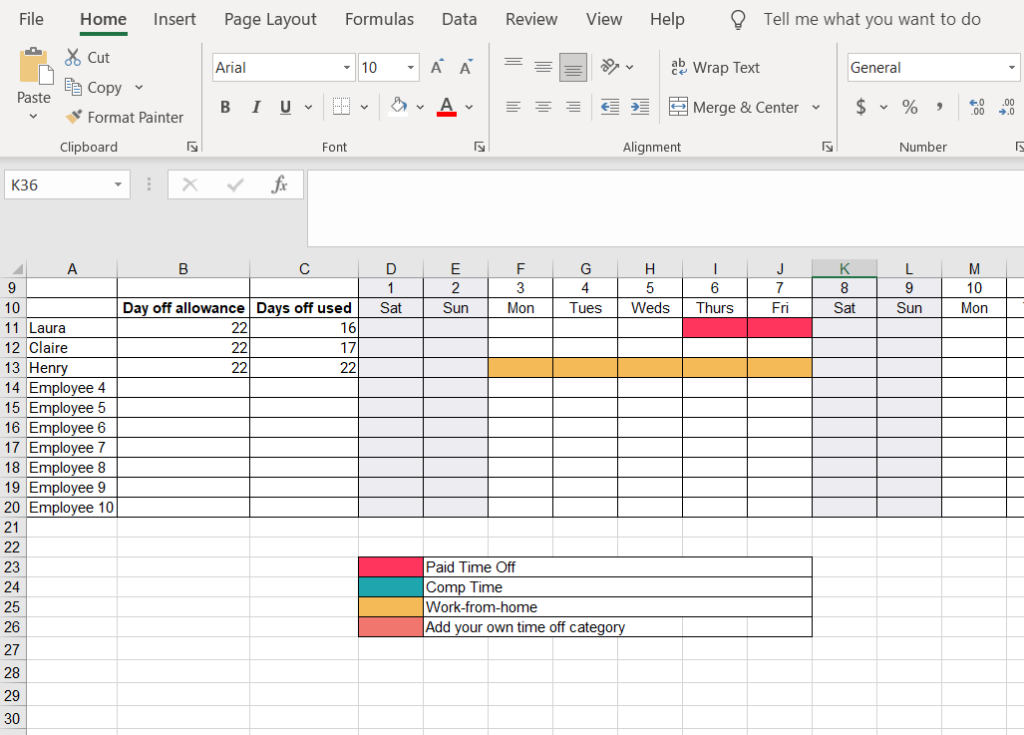
A streamlined attendance policy is a must for organizations to keep their workflow in check while maintaining the discipline of the workspace.
When establishing an attendance policy, you must balance between highly stringent rules and a club member attitude where employees come and go as they like.
Leave and attendance reports will help you maintain the attendance policy and keep track of the number of working days and the number of days of absence of each employee.
It also holds a record of the type of leave taken by the employee, period of leave etc.
Payroll reports are critical to the smooth operation of any organization.
Creating these reports is only beneficial if you want to track your expenses and taxes over time.
A payroll report combines all the information regarding employees’ payroll, including stipulated salary, deductions, taxes, loss of pay, the hourly rate of each employee, etc., according to their work input.
A payroll report also provides specific financial and tax information for each payment.
A learning effectiveness report measures the effectiveness of HR strategies in learning, training and developing employees. It includes metrics such as duration of a training period, time spent on each employee, training cost and its returns.
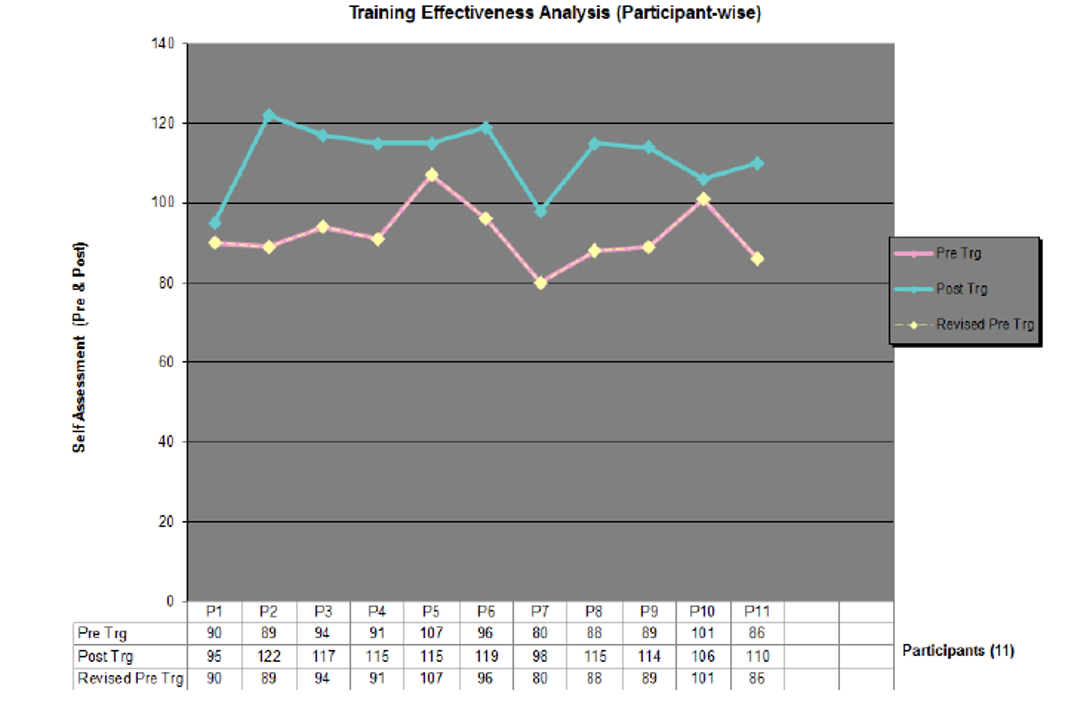
Headcount reports:

A headcount report tracks the number of people working in a company or department at any given time. Unless mentioned otherwise, a headcount report includes all the employees, full-time, part-time, temporary, and contract data.
Transfer of employees:
This report lists all employees transferred to a company subsidiary or a different branch/department in the same company. The information includes all the employee data of both existing and new companies.
Personal data of employees:
This report contains all employees’ personal details, including their address, phone number, email address, emergency contact number, mailing labels, etc.
Overtime reports:
These reports contain information regarding the employees who have worked overtime and include indicators such as the number of hours worked, the incentive offered for overtime and the number of days on which the employee has worked overtime.
Choosing a suitable template for your report is crucial as the report must display all the data clearly without missing anything. Keeping that in mind, here are some templates for some of the most basic HR reports:
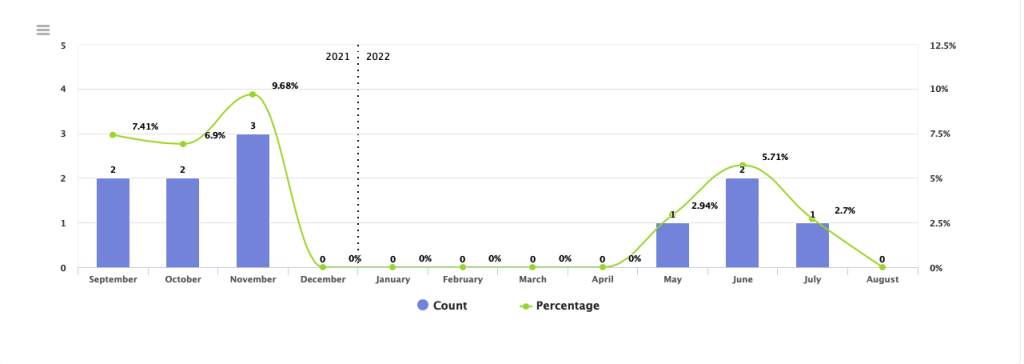
A recruitment report needs to display metrics like the number of candidates who have applied, the number of interviews conducted, and a list of selected candidates, along with their solid suites and flaws, among other relevant information.
Here are some more commonly used metrics for a recruitment report:
A performance management report displays employee efficiency through measurable metrics such as work quality, the progress of each employee in their field and the number of targets reached in a given time frame, among others.
Other significant indicators used in a performance management report include:
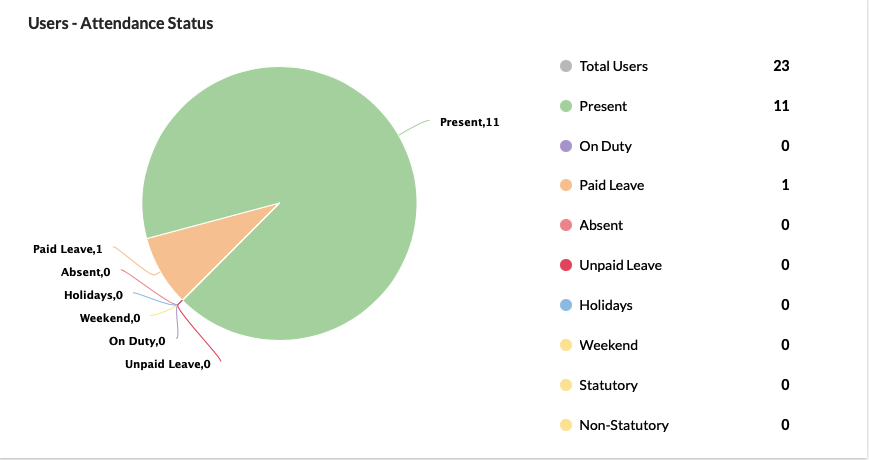
HR managers need to create leave and attendance reports on a monthly basis. Most leave, and attendance reports have the following indicators:
Now that you have a brief idea of basic human resource reports let’s move on to HR reporting.
The process of creating reports assessing human resources data is called HR reporting.
Human resource reporting is concerned with people. Its goal should be to assist your organization in building human capital by assisting your people in reaching their full potential.
HR reporting involves identifying the most relevant metrics and creating effective reports that indicate those metrics used to analyze data better. These processes frequently use Human resources information systems (HRIS) and HR software.
HR reporting is critical to the success of your organization, particularly when it comes to your workforce.
You will be able to identify trends about your employees and their experiences at your company by collecting and reporting data.
HR reporting can also help with critical business decisions, which, in turn, can lead to a better working environment.

Gathering data from all the different departments of an organization and compiling them into a single report is one heck of a task.
Luckily, creating HR reports from scratch has become a thing of the past, as most HR reports these days can be created automatically through HR tools and software.
Because there is so much data to manage, HR departments use software to automate the process of human resources reporting.
Automation is currently one of the top three technologies businesses plan to invest in over the next 12 months, accounting for 25% of total investment.
To create the perfect HR report, you need to keep a few things in mind before proceeding:
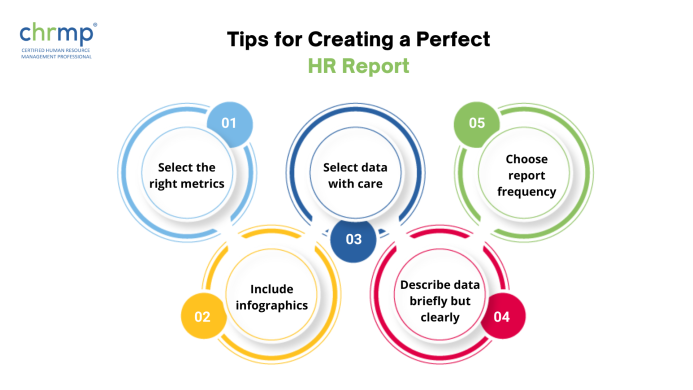
1. Select the right metrics
To create effective HR reports, you must select the right metrics according to your reporting strategy.
The proper human resource metrics can assist you in identifying problem areas in your organization. And the more reliable and relevant the data, the better equipped you will be.
By identifying these areas and assessing their impact on your company, you can implement proactive HR measures to improve your organization’s performance.
2. Select data with care
Before creating a report, you must carefully select the data you wish to display in the report.
Include only relevant data to make the report easy to analyze. Irrelevant or inaccurate data can lead to several problems, such as misinterpreting the workforce or generating an erroneous picture of human capital.
3. Choose report frequency
Once you have gathered all the required data, you need to choose the frequency at which your report needs to be generated. Reports can be weekly, monthly or annual, depending on their data.
4. Include infographics
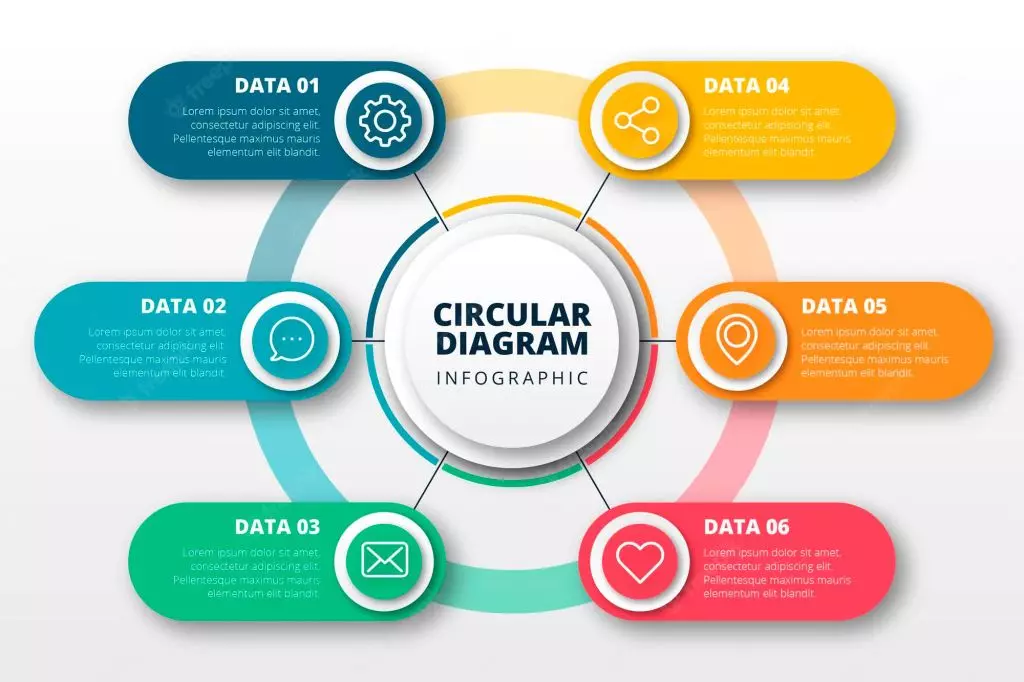
Infographics prove to be highly effective in interpreting complex data into visually appealing formats, making the process of analyzing the report faster and easier.
Infographics capture the viewer’s attention for a longer time while retaining essential information.
Every HR department is in charge of disseminating a large amount of information in a timely and effective manner. An infographic is a great way to quickly and effectively communicate important information to a large group of people.
5. Describe data briefly but clearly
Provide some context for the data you wish to represent in your report, and describe it clearly but briefly. Double-check all the information in your report before handing it in, as even the slightest of inaccuracies can develop into significant consequences.
1. What are HR reports, and why are they important?
HR reports are documents that provide insights into an organization’s workforce, such as recruitment metrics, employee performance data, and turnover rates. They are important because they help HR professionals make data-driven decisions, identify areas for improvement, and track progress over time. HR reports also provide valuable information to business leaders and executives, helping them understand the health of their organization’s workforce and identify opportunities for growth and development.
2. What types of HR reports are there?
There are many types of HR reports, including recruitment reports, performance reports, turnover reports, compensation reports, and diversity and inclusion reports. Each of these reports provides insights into different aspects of an organization’s workforce and can be used to inform critical HR strategies and initiatives.
3. How do you create an effective HR report?
To create an effective HR report, it is important to start by defining the purpose of the report and the metrics you want to measure. You should also identify your target audience and tailor the report to their needs and interests. When creating the report, be sure to use clear and concise language, and include visual elements such as graphs and charts to help make the data more accessible and understandable. Finally, be sure to analyze the data and draw insights and conclusions that can inform critical HR strategies and initiatives.
4. How can HR reports be used to drive organizational success?
HR reports can be used to drive organizational success by providing valuable insights into an organization’s workforce and helping HR professionals make data-driven decisions. For example, recruitment reports can be used to identify areas for improvement in the recruitment process, while performance reports can help identify high-performing employees and areas for improvement in performance management. By using HR reports to inform critical HR strategies and initiatives, organizations can improve their overall performance and drive long-term success.
HR reports are essential for human resource managers to efficiently manage company records and keep data organised and up-to-date. Making use of HR reports for managing a workforce will have a positive impact on employee productivity and retention. There are several types of HR reports, and each have different benefits that help with the overall functioning of the HR department.
Want to become a top-rated HR professional? Get certified through CHRMP certification courses to make your mark. Join our global community of leading HR professionals today!
© 2007-2025 CHRMP| All Rights Reserved | Powered by Ripples Learning & Research Private Limited
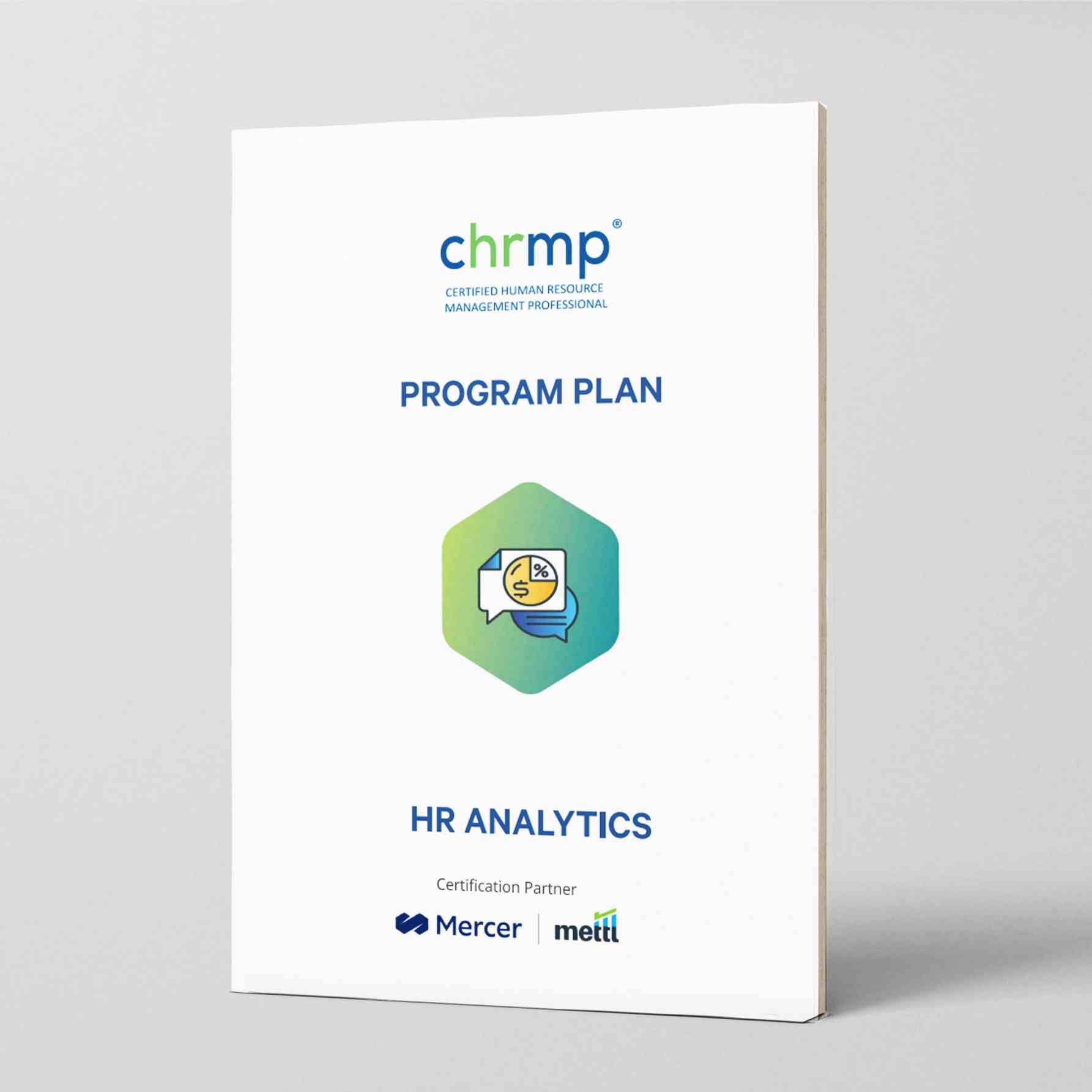
Fill in the below details to get a CHRMP HR Analytics Program Plan.
